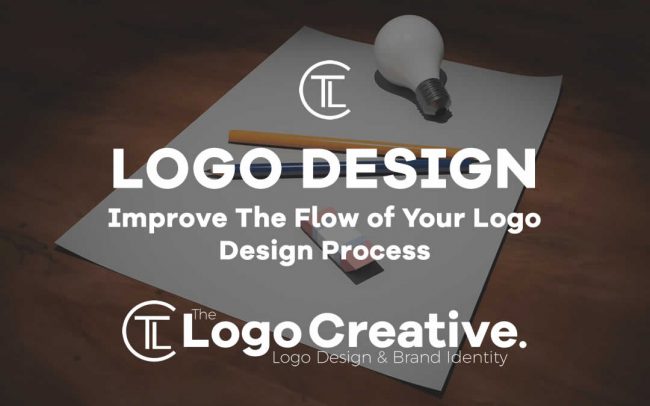In this article The Logo Creative discusses the topic of Improve The Flow of Your Logo Design Process
Creating a unique visual identity for any brand can be quite a challenge, because there are so many things to factor in. The process is not as simple as throwing your creative juices into the project – that’s just a small fraction of it. Logo design demands a lot more from any graphic designer, and these demands cannot be seen as too overwhelming or over the top. It is what it is, and logo design will always be one challenge that creatives can either miserably fail at, or greatly excel in.
Table of Contents
The Logo Design Process

What exactly does it take to create an entire visual identity (logo) for a brand? Remember that a logo is so much more than just a fancy icon or wordmark. It’s something that represents a specific brand and the values that they stand by. It represents the individuals behind that name and what they stand for, as well as the things that they hope to accomplish. Just because it’s attractive does not mean that it would work well with the brand you are creating a logo for. There is always a perfect match out there, a completion of the theory of soulmates where name and design come together as one.
What does the logo design process involve? A lot of things, actually.
- Creating the design brief
- Doing research
- Reviewing references
- Creating the concept
- Positioning yourself
- Taking a step back
- Presenting the logo
- Celebrating the achievement
Let’s discuss each of these steps one by one. As we go along, you’ll see that when it comes to logo design, you become more than an graphic designer. You become a researcher, contractor, marketer, brand ambassador, and salesperson in one whole package.
Creating the Design Brief
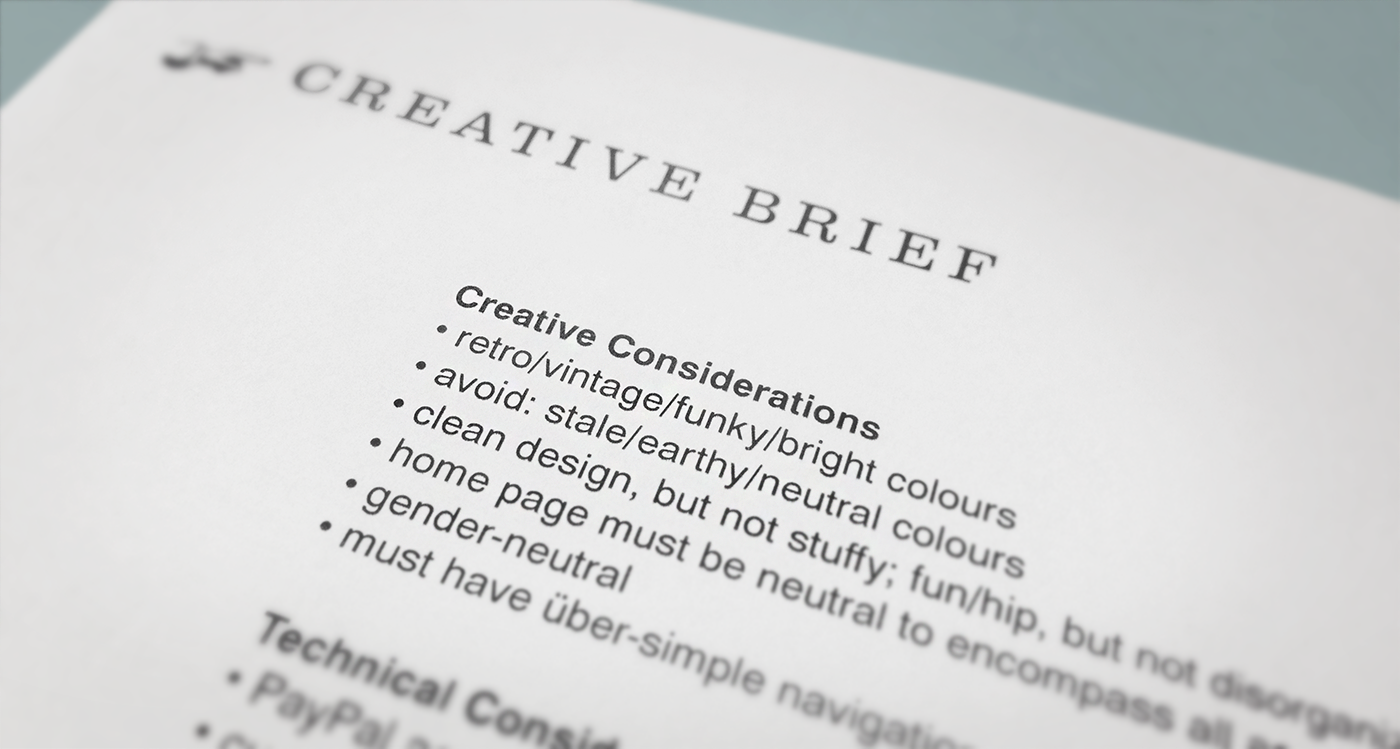
A design brief is documentation that contains every important detail about the project. It’s a checklist and guideline in one, making sure that you do not miss out on anything as you work on the project. The design brief contains:
- The objectives and goals of the design
- The budget that you have to work with
- The timeline to be followed
- The project’s target audience
- The scope of the project
- Materials that you are required to use
- The overall approach that the client wants you to take
- Anything that you need to avoid
Of course, these are just the basics. Depending on the project and how thorough you or your client would be, you could add a few more details into the creative brief that you are creating.
How do you get all these information? You can conduct an interview with the client or ask them to answer a questionnaire for you.
Doing Research
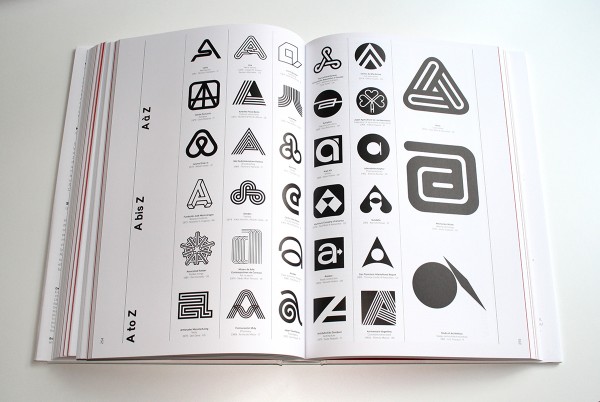
Once you have a creative brief ready and you pretty much have a general idea on what you should be doing, it is now time to do a little bit of research to support the creative work that you are about to take on.
Find out what the entire industry is about, and look at direct competitors. This would help you find inspiration. From here, it would be easier to create a unique flavor for the logo that you are about to design. Some aspects about the industry could also serve as small elements on how you will be creating your design. You can use symbols or tools that are often used in your client’s industry for example, or use colors that are usually associated with their products and services.
Reviewing References
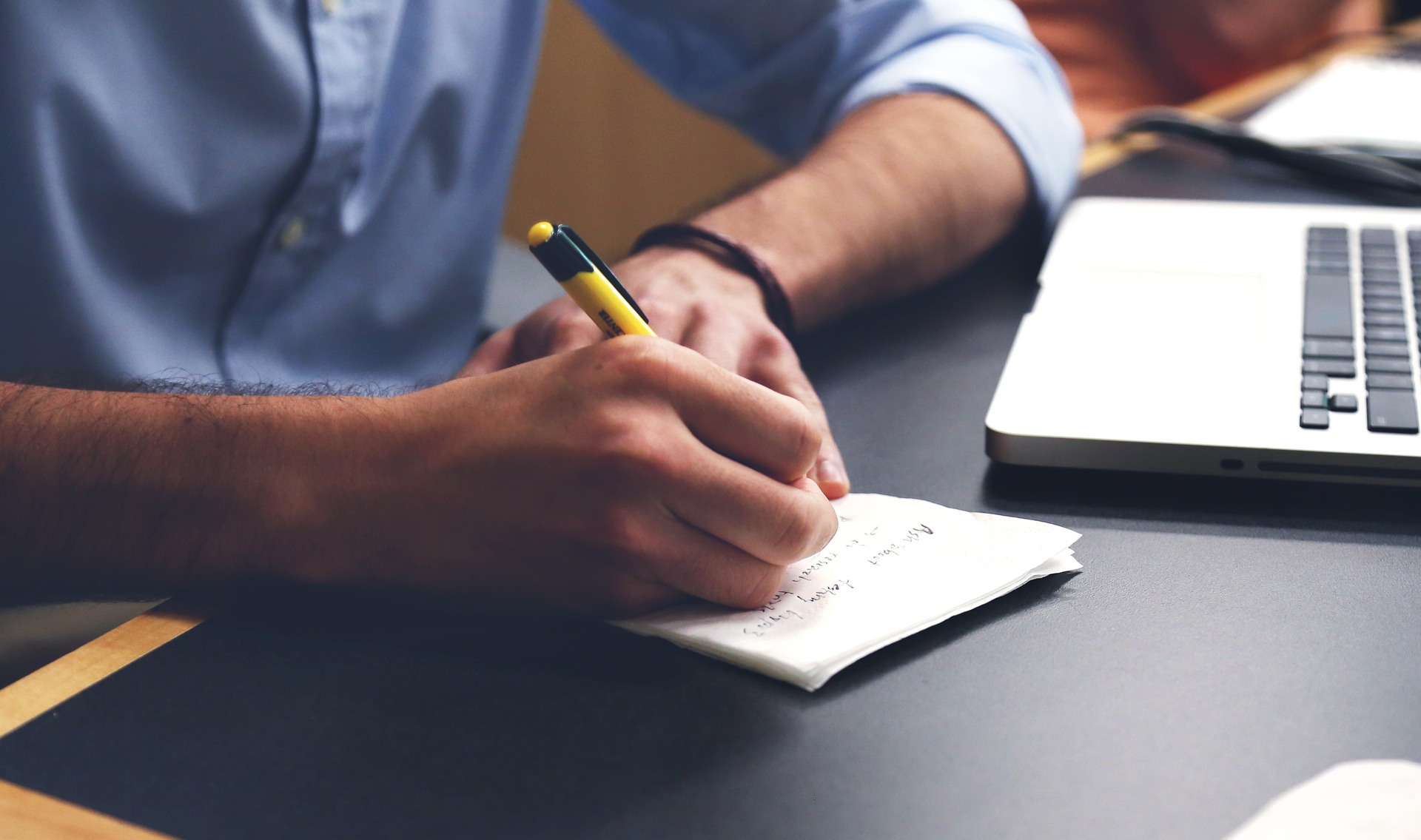
Of course, a huge part of the creative process is looking at samples made by those who have worked on similar projects before. Look at other logo that somehow aim for the same effect and results that you are targeting and see what best practices you can take from them. Find angles where you think you can outdo these references.
Of course, you also have to be careful when reviewing these references. Sometimes, because of the inspiration derived from them, the final product becomes reminiscent of the logo that it was based on. This is a no-no. The bottom line is creating a completely different design that may represent the same things that the other logos represent, but presented in a completely different way.
Creating the Concept
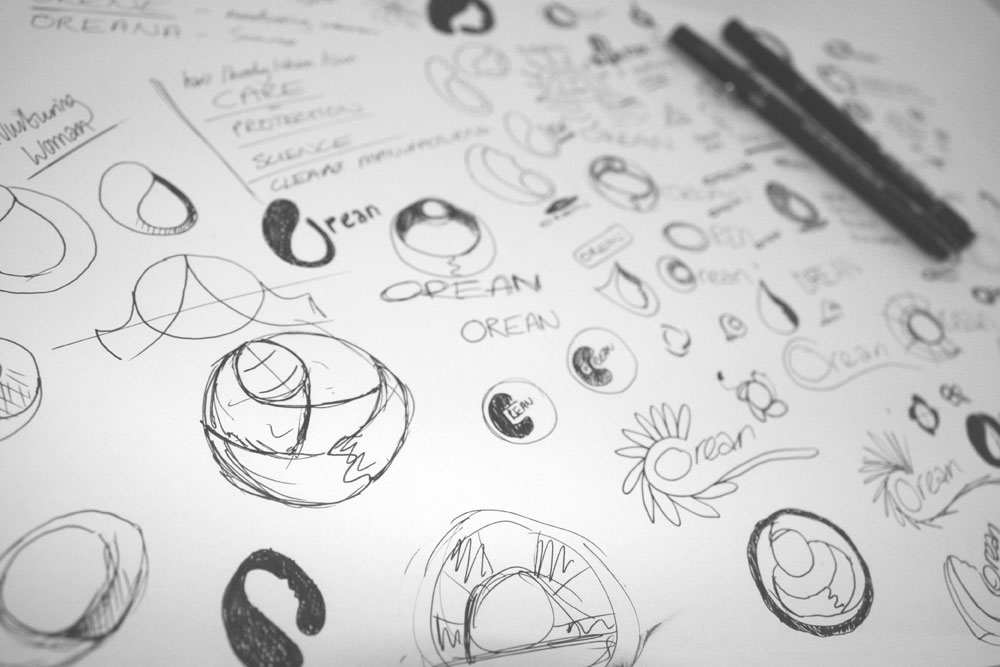
Now this is where you finally get to release all your creative juices and start working on the design itself. Think about the non-negotiable’s. Does the client want the icon right in the middle of the design? Then that’s where to start. Create your design around this aspect and use it to guide you as you add the rest of the elements in.
If the client has no specific instructions, you can try thinking about visual representations of the values that the company stands for. Find symbols that you can use. All it takes is one inspired moment, and you’ll find the idea coming to life.
Other questions that you may want to ask are:
- What colors do I use do you have a colour palette?
- Is there a need for the name to be included, or should this be pure illustration?
- If text will be included, what font best fits the concept?
- Will the end product look good on any medium, like building walls, promotional products, billboards, and the like?
- Make sure it works well in black and white
Do not get frustrated in case you feel that your thought process is taking you nowhere. The next step should help you find your way back and continue towards the right creative path.
TIP: My advice is start on paper first, forget about colour at the start and focus on the design, and most importantly make sure it works well as a black and white concept. the rest will fit in later on.
Positioning Yourself
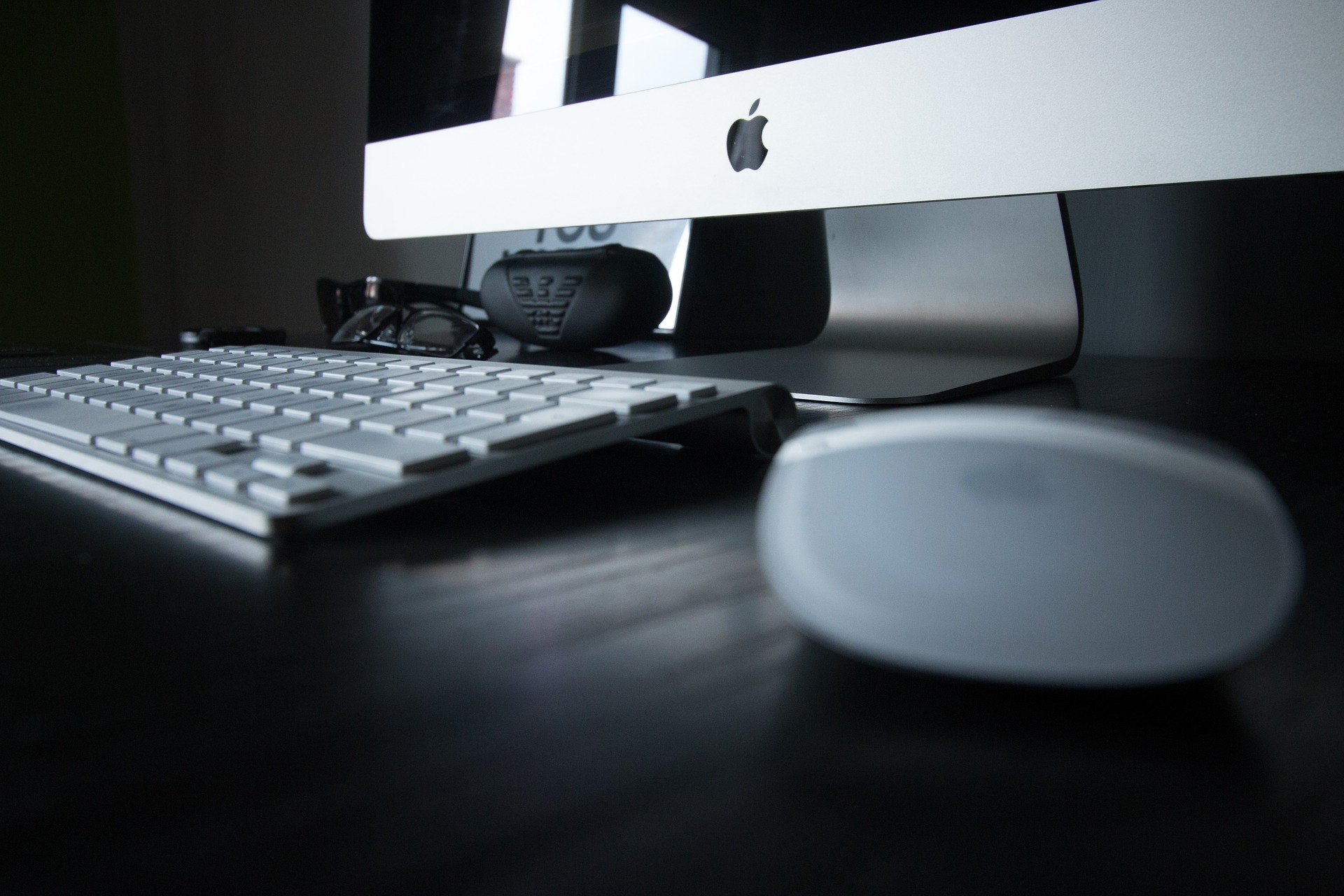
Another huge part of the creative process would be trying to position yourself as the creative specialist. This would actually depend on how clear your client’s goals are, and what your creative instinct tells you. Try to get a feel of things. Would your client be the kind who would take the lead and dictate your every move? Or will this client be someone who would rather stay in the background and let you control the flow of the project?
This is where the conflict often comes from. Sometimes, clients look at it at a completely business angle, while you might end up letting your creative side take over completely. When this clash happens, there are only two results: either your design ends up boring and uninspired, or you come up with a design that only you can understand.
Obviously, either of the two will not work.
Position yourself properly and look at all sides of the story. Take into account the business side of things and infuse your own creative inputs into that. Be ready to cry ‘Foul!’ in case your client insists on adding elements that you know will never work creatively. However, be careful not to overstep your boundaries that you lose the client altogether.
Take a Step Back

Yes, at times it does get frustrating. It’s part of the process. But when this happens, there is no need to bang your head on the table or to throw stuff around. When you feel the frustration creeping in, the best thing to do is to take a step back.
You may actually find that this is something that you’re going to have to do a few times as you complete the design project. You could take a few random breaks and go walk around the park to renew your creative energy (trust me it works, even when a project is not frustrating), or you could go out of town for an entire weekend and try to look for inspiration in places you may not have visited yet before. It all depends on where your feet and your soul takes you.
As you take a step back, this is also the perfect time for you to get feedback on what you have accomplished so far. Ask people questions and find out what they think about your work. This is not just something that you could do with fellow professionals. It’s also wise to ask for the opinion of common consumers who are not at all involved in the creative field. This would ensure that you have all bases covered, and that you can look at the project from different perspectives. You can also ask for feedback on social media such as twitter, i do this from time to time and other creative professionals will give you some great feed back this also shows your followers your creative process. Who knows? The inspiration you’ve been looking for may actually come from the most surprising people and unexpected places.
Presenting the Logo

By now, you have probably come up with a few design concepts that you believe the client will like. Choose the best among all of them and present these to the client. Yes, you should always have a few other choices in case the client does not like what he/she sees the first time. This way, you can also have a clear gauge of what the client is really looking for as he points out different elements in each design that he likes. From here, it would be easier for you to take a step back once again and combine all of these into one solid design he/she would like.
TIP: my advice is also to show the logo design concepts in a mock up of a real life situation such as on a computer screen, sign or stationary mock up this lets the client visualize the idea more in the real world.
Celebrate the Achievement
If you think the process ends the moment your client chooses the best design, then you are completely mistaken. This is one mistake that a lot of designers do. They jump from one project to the next so steadily that they feel worn out and run out of creative juice a lot more quickly.
Always find time to celebrate each achievement. You could have a bottle of beers with a few friends, or you can go somewhere special for the weekend. The point here is to bask in the glory of being the creative professional that you know you are. This way, you can confidently move on to the next project with a renewed spirit, ready to let those creative juices flow again. And yes, just like the last project you worked on, you can bet that this next one will be just as satisfying as the last.

